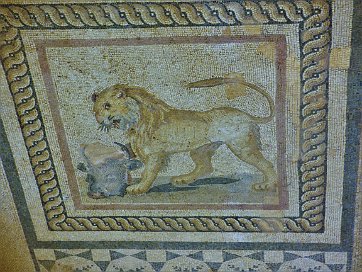
Layout of Ancient Ephesus - The streets of Ephesus were once trod by such important historical figures as Androcles of Athens, Alexander the Great, Hannibal,…
The State Agora was reconstructed in the 3rd century during the reign of Caracalla (211-217 A.D.) The final renovations were done by Emperor Theodusius…
This agora would have been used as a public area and a meeting place for governmental discussions. Three sides were bordered by Stoas, an architectural…
A water reservoir at the corner of the Agora would have been supplied by the Pollio Aqueduct, the remains of which can still be seen 5 kilometers away. In the…
St. Paul reportedly lived in Ephesus for three years after the death of Christ and St. John wrote his gospel here. Some believe that Ephesus is the place where…
The Pollio Fountain hints at the lavish nature of ancient Ephesus’ fountains and indicates the city’s great wealth. It has a wide and high arch facing the…
The pink granite columns still remain of a temple dedicated to Isis, proving a relationship once existed between Egypt and Ephesus since there are no pink…
The marble street leading from the State Agora down to the Gate of Hercules. Marble is very slippery many had grooves and striations to help improve traction.…
The Memmius Monument is located to the north of Curettes Road by the Domitian Square. It was erected in the 1st century AD under the reign of Augustus by…
Here are two standing marble pillars found at the roads opposite sides. These pillars forms the Hercules Gate, decorated with fascinating relief that represents…
Nike Goddess Statue: Nike has her wings spread with a knitted crown of olive leaves which symbolizing victory in one hand and a palm tree branch, symbolizing…
On the righthand side of the Sacred Way, just before reaching Domitian Square, is an interesting stone pillar. One side depicts Hermes holding a ram’s head and…

